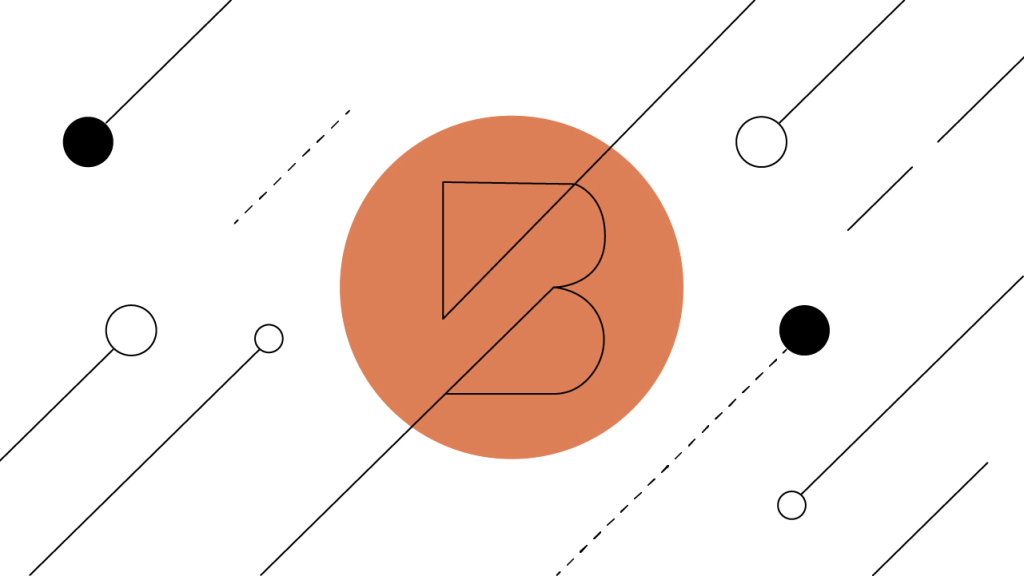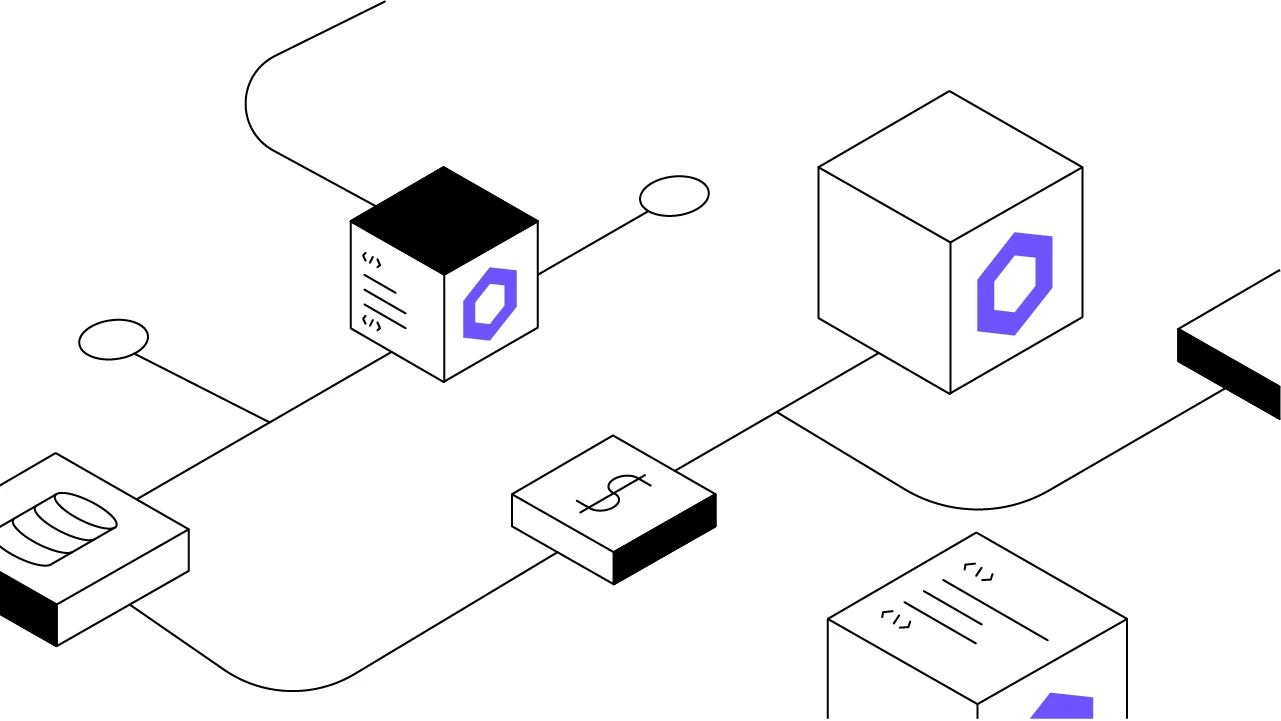Contents
Band Protocol (BAND): A Decentralized Data Source for Blockchains
In a world where data is priceless, blockchain oracles like Band fill a crucial role by providing verifiable data to decentralized apps and smart contracts.
Updated February 8, 2022 • 5 min read

Summary
Band Protocol is a decentralized data oracle that aggregates real-world data and sends it to smart contracts on blockchains like Cosmos and Ethereum. Decentralized Finance (DeFi) applications need reliable price feeds, and other smart contracts and decentralized applications (dApps) require a variety of real-world data inputs ranging from current events and sports, to weather, or even random numbers. The Band Protocol represents one way to bring that external data safely and securely to the on-chain environment.
What Are Blockchain Oracles and Why Do They Matter?
Oracles are an emerging technology that plays an increasingly essential role in today’s blockchain landscape. Part of what makes blockchains and smart contracts so secure is that they are closed systems. Each blockchain protocol is essentially its own data silo. While this design is incredibly secure and efficient, it presents some challenges as well. Two of the primary challenges are how to enable cross-chain communication between siloed blockchains, and how to feed external data into these closed systems.
Blockchain data oracles present a method for securely providing off-chain data to a blockchain network’s on-chain environment. This enables any platform or product that incorporates real-world data — anything from temperature, prices of securities or goods, flight delays, or notifications for locating an item — to function efficiently. Oracles — which can be software, hardware, or consensus based — enable external data to be rigorously verified and then fed to a blockchain environment. These oracles can securely export on-chain data to the external world as well. Simply put, oracles serve as a data bridge to smart contracts that operate on blockchain platforms.
A refresher: A smart contract, originally an innovation of the Ethereum blockchain, is self-executing code that carries out a set of instructions, which are then verified on the associated blockchain. You can think of them as the programmable building blocks of blockchain development. Smart contracts range from simple to complex applications — such as decentralized finance (DeFi) tools and entire decentralized applications (dApps).
Smart contracts occupy a crucial role in these burgeoning fields of blockchain development, but they are really only as secure and reliable as the data that they receive. For example, DeFi applications rely on accurate price feeds from across markets in order to function properly. Other dApps require accurate data about real-world events such as local weather, or the outcome of a sporting event.
This is where data oracles become crucially important to smart contracts and the platforms built upon them. Decentralized oracles use consensus to achieve trustless and deterministic results in the same way a blockchain network does: by distributing trust among many network participants — and then providing that data to the requesting parties.
Band Protocol and Cosmos
Band Protocol is a decentralized oracle project that connects the world’s data to the blockchain ecosystem. It uses a public blockchain — dubbed the BandChain — which allows any entity to request data from application programming interfaces (APIs) or other traditional web services.
Before we discuss the details of how the Band Protocol itself operates, it is helpful to also be familiar with its underlying structure and the ecosystem within which the tech is situated. While the Band Protocol functions across blockchains, including Ethereum, it is part of the Cosmos Network — a network designed to generate interconnecting blockchain systems. The Band Protocol is built on the Cosmos SDK, makes use of Tendermint’s Byzantine Fault Tolerant (BFT) consensus mechanism, and enjoys connectivity to other blockchains via Cosmos’ Inter-Blockchain Communication Protocol (IBC). For further information about this technology, please see our article “The Internet of Blockchains: A Deep Dive into the Cosmos Network.”
How Band Protocol Works
Band Protocol’s main focal points are speed and scalability, cross-chain compatibility, and data flexibility. Smart contract development is a cornerstone of the dApp and DeFi sectors — which are growing rapidly. Band Protocol seeks to provide reliable data to a wide variety of public blockchains — with response times measured in seconds. In order to adequately support the data needs of requesting smart contracts, fast and accurate responses are needed.
One of the main challenges stemming from the siloed nature of individual blockchain protocols is cross-chain communication. As a Cosmos-based project, Band Protocol is capable of sending its data to other blockchains through Cosmos’ IBC — an interoperable communication layer between different blockchain networks. Band Protocol also supports custom one-way bridges, which enable quick data transfers with blockchains unsupported by the IBC.
Band Protocol seeks to remain agnostic, in the sense that it can accommodate different forms of data and various methods of retrieving it. Some of the data Band Protocol must retrieve is publicly accessible, but other data might be permissioned, protected by centralized entities, or exist behind a paywall. If the latter is true, then payment to the data source can be verified on-chain and the validators requesting the data can be supplied accordingly. Data providers can monetize their data using Band Protocol’s on-chain payment settlement, avoiding middlemen.
Band Protocol System Overview
When using Band Protocol, the process of verifying data via consensus is undertaken by network participants who own BAND tokens. BAND is Band Protocol’s native token, and is used as collateral by nodes that verify the real-world data that is sent to various blockchains. Nodes fall into two categories: validators and delegators. This two-node structure is common among Cosmos-based Delegated Proof-of-Stake (DPoS) blockchains.
Validators propose new blocks and participate in Band Protocol’s DPoS consensus protocol by voting on the authenticity of data. BandChain validators function the same way as validators on other blockchains built using the Cosmos SDK. Their uniqueness, however, lies in their native ability to execute requests to retrieve external data. For doing so, validators earn a fee. When a smart contract requests data through the Band Protocol oracle system, randomly chosen validators will attempt to retrieve the information requested and then submit the data in a report to the BandChain.
Validators’ individual reports are then aggregated into a unified final result. That result is permanently stored on Band Protocol, becomes available for the requesting smart contract, and is ready to be sent to other blockchains.
BAND Token Economic System
The Band Protocol network relies on its native BAND token to incentivize validators to produce new blocks, participate in consensus, and to respond to data requests. BAND itself is somewhat unique in that it has both an Ethereum-based ERC-20 token iteration — a remnant of the protocol’s earlier stages as an Ethereum-centric platform — as well as a newer Band Protocol mainnet form. The two are interchangeable at a 1:1 ratio, but only the newer mainnet coin can be staked.
The top network participants with the most BAND staked become the BandChain’s validators. Those who don’t have enough staked to become a validator themselves can instead become a delegator by delegating their stake to a validator of their choosing. Delegators in turn receive block rewards proportionate to their delegated contribution of BAND relative to the total amount of BAND the validator has staked. Two percent of block rewards are also funneled to a community funding pool in the interest of promoting community growth and ecosystem development. As is common with Proof-of-Stake (PoS) systems, validators who misbehave or have too much downtime on the network can have their stake slashed. With the Band Protocol in particular, validators can also be slashed for being unresponsive to data requests.
BAND uses an inflationary supply model to incentivize users to stake their BAND coins on the network rather than simply hold or trade them. The idea is that one’s BAND holdings will also need to increase so as not to be devalued over time against an inflationary supply — the most efficient way to do that is to participate in network activities and earn rewards. BAND’s annual inflation rate fluctuates from 7% to 20%, with regular adjustments in the interest of maintaining 66% of the total coin supply staked.
BAND coins also allow holders to participate in protocol governance. A network participant’s voting power is proportional to the amount of BAND they have staked. Delegators are encouraged to participate in governance, and if they choose not to participate, their voting power is automatically assigned to the validators they have delegated to. Conversely, if a delegator does vote, they override the assigned votes of their respective validators, providing a balanced power dynamic between validators and delegators.
Cryptopedia does not guarantee the reliability of the Site content and shall not be held liable for any errors, omissions, or inaccuracies. The opinions and views expressed in any Cryptopedia article are solely those of the author(s) and do not reflect the opinions of Gemini or its management. The information provided on the Site is for informational purposes only, and it does not constitute an endorsement of any of the products and services discussed or investment, financial, or trading advice. A qualified professional should be consulted prior to making financial decisions. Please visit our Cryptopedia Site Policy to learn more.

Is this article helpful?


